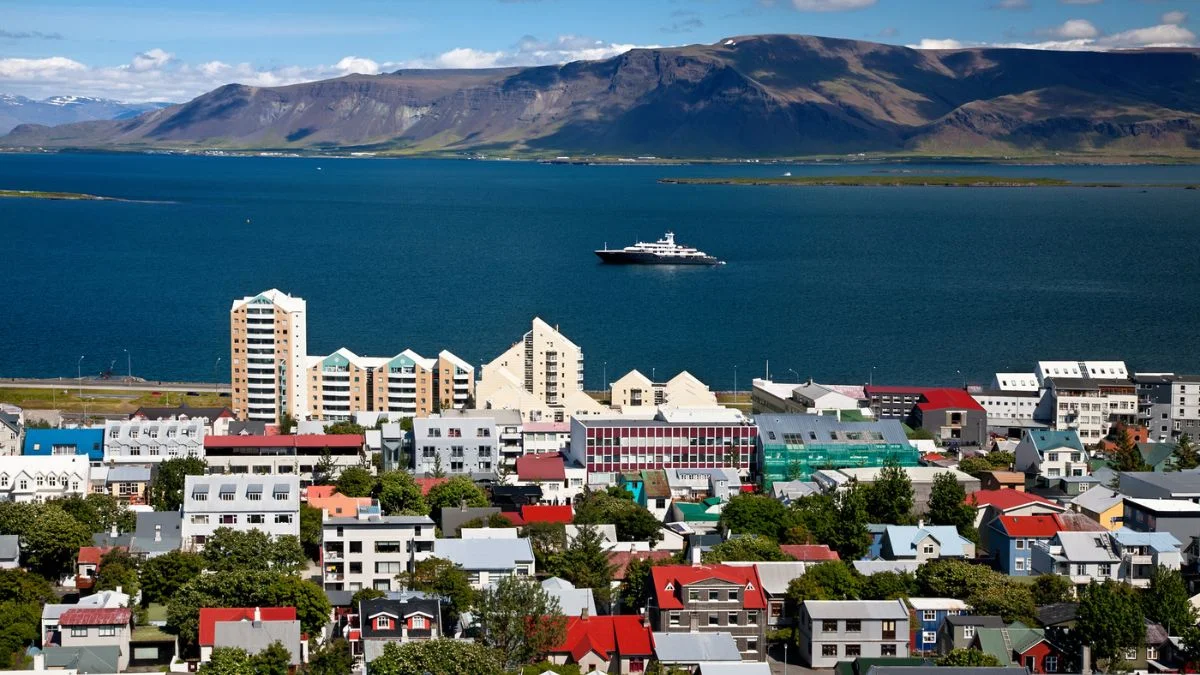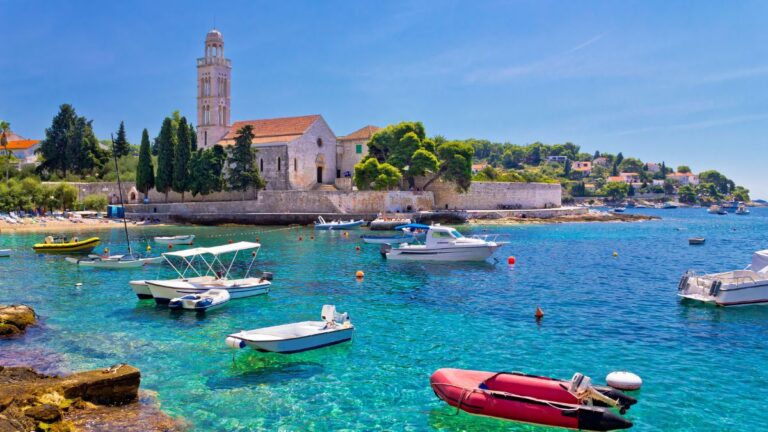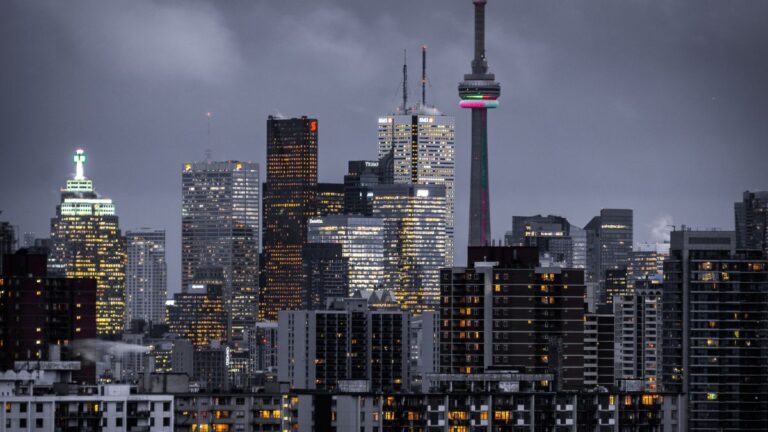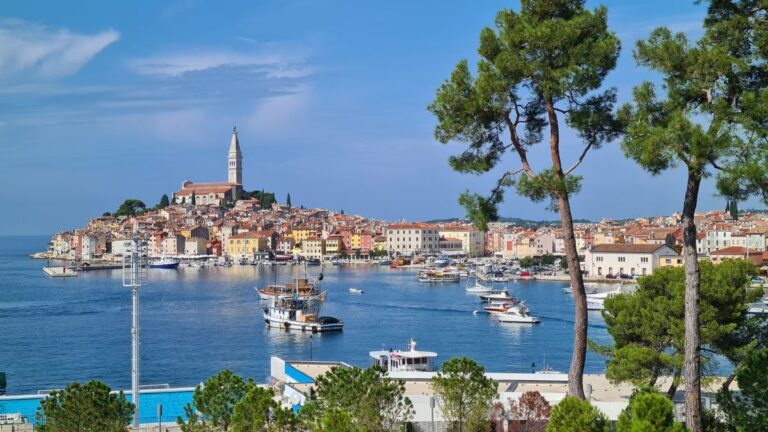Reykjavik Travel Guide: Experiencing Geothermal Wonders and Unique Island Culture in Iceland

As participants in Amazon Associates and other programs, we earn from qualifying purchases. This comes at no additional cost to you. For more details, see our Affiliate Disclosure.
Reykjavik, the charming capital of Iceland, offers a magical blend of geothermal wonders and unique cultural experiences, set against a backdrop of stark landscapes and vibrant city life. From the steaming waters of the Blue Lagoon to its colorful houses and bustling nightlife, Reykjavik serves as a gateway to the natural phenomena of the Icelandic wilderness. The city’s compact size encases a rich tapestry of history, arts, and culinary innovation, making it an ideal destination for those who seek adventure intertwined with cultural enrichment. Whether you’re bathing in geothermal pools, exploring the artistic streets, or experiencing the midnight sun, Reykjavik promises an unforgettable journey into the heart of Iceland.
The Blue Lagoon: Iceland’s Natural Spa
The Blue Lagoon is one of Iceland’s most famous geothermal spas, known for its milky-blue waters that offer a stark contrast to the surrounding dark lava field and rocky landscapes. Rich in minerals like silica and sulfur, bathing in the lagoon is reputed to benefit the skin, making this spot not only a must-visit for its therapeutic properties but also for its surreal, otherworldly beauty.
The Northern Lights: A Spectacular Natural Display
The Northern Lights, or Aurora Borealis, are one of nature’s most spectacular phenomena and viewing them is a highlight of any visit to Reykjavik. These lights create a dynamic display of colorful illumination in the Icelandic skies, typically visible during the colder months. The experience of watching the sky dance with colors ranging from green to purple is truly unforgettable.
Harpa Concert Hall: Architectural Brilliance and Cultural Hub
Harpa Concert Hall stands as a beacon of modern Icelandic architecture and cultural life. Located by the harbor, its stunning glass facade reflects both the sky and the sea, changing appearance with the weather and time of day. Harpa is not only home to the Icelandic Symphony Orchestra but also hosts a variety of concerts, performances, and cultural events, making it a central part of Reykjavik’s cultural scene.
Hallgrímskirkja: Reykjavik’s Iconic Church
Hallgrímskirkja is one of Reykjavik’s most iconic landmarks, visible from almost anywhere in the city. Its unique architectural design is inspired by Iceland’s natural landscapes, particularly the basalt lava flows. Visitors can ascend to the top of the church tower to enjoy panoramic views of the city and the surrounding mountains.
Icelandic Cuisine: A Taste of the Arctic
Icelandic cuisine is a direct reflection of the island’s environment, featuring ingredients that are locally sourced from the land and sea. Traditional dishes like hákarl (fermented shark) and þorramatur (a selection of cured meat and fish) share the spotlight with modern Nordic dishes that focus on purity, freshness, and simplicity.
The National Museum of Iceland: A Dive into Icelandic History
The National Museum of Iceland provides a comprehensive overview of Icelandic history from the early days of Viking settlements to modern times. The museum’s permanent exhibition, ‘Making of a Nation,’ offers invaluable insights into the cultural heritage and identity of the Icelandic people through a vast array of artifacts and multimedia presentations.
Whale Watching Tours: Encounters with Giants
Whale watching tours in Reykjavik offer visitors the chance to see these majestic creatures in their natural habitat. Iceland’s waters are home to various species of whales, including minke, humpback, blue, and orca whales. These tours not only provide a thrilling experience but also opportunities to learn about the marine ecosystem of the North Atlantic.
Reykjavik’s Art Scene: Streets Filled with Creativity
Reykjavik’s vibrant art scene is evident in its numerous galleries, street art, and cultural institutions. The city thrives with creativity, hosting regular art festivals and events that transform ordinary spaces into canvases for local and international artists. This dynamic environment reflects the city’s strong artistic community and its commitment to cultural expression.
Geothermal Pools: The Hotspot of Icelandic Relaxation
Beyond the Blue Lagoon, Reykjavik and its surroundings boast numerous geothermal pools that offer a relaxing escape while highlighting the geothermal activity that is so central to Iceland’s natural environment. These pools, ranging from public baths in the city to secluded hot springs in nature, are a fundamental part of Icelandic culture and a must-experience for visitors.
Day Trips from Reykjavik: Exploring the Golden Circle
Day trips from Reykjavik, such as the popular Golden Circle tour, allow visitors to explore Iceland’s stunning natural landscapes. This route covers key attractions like Þingvellir National Park, the Geysir Geothermal Area, and Gullfoss waterfall. Each stop offers unique insights into Iceland’s geology and history, making it an essential experience for those wanting to explore beyond the city.






